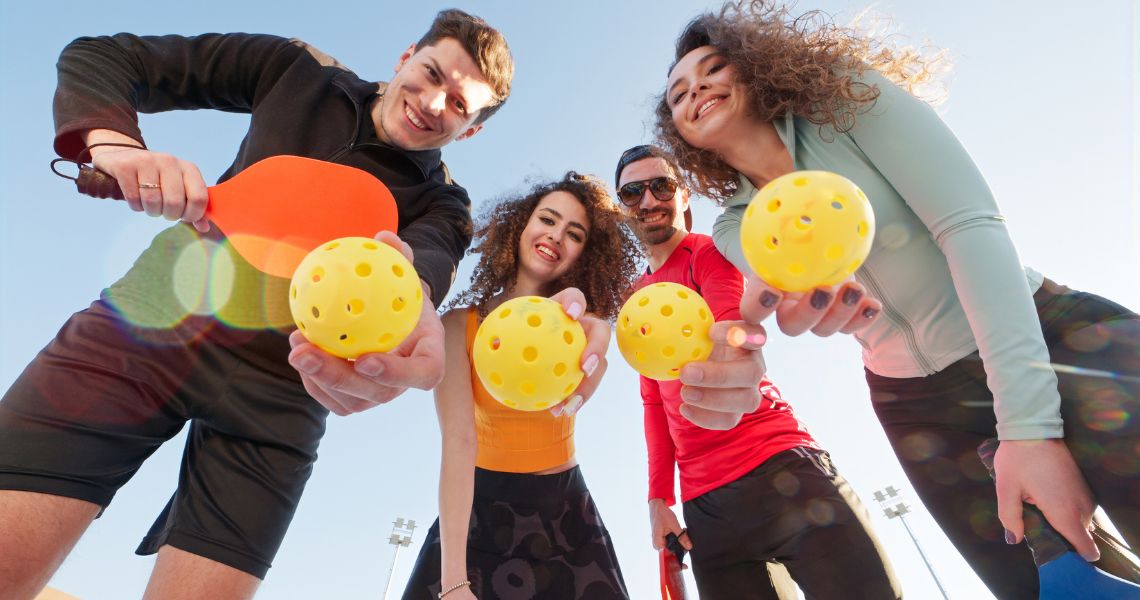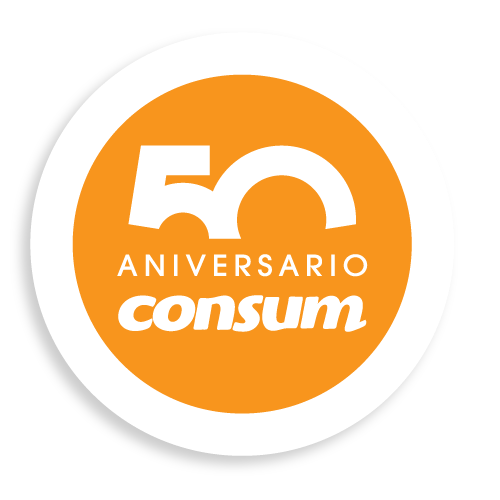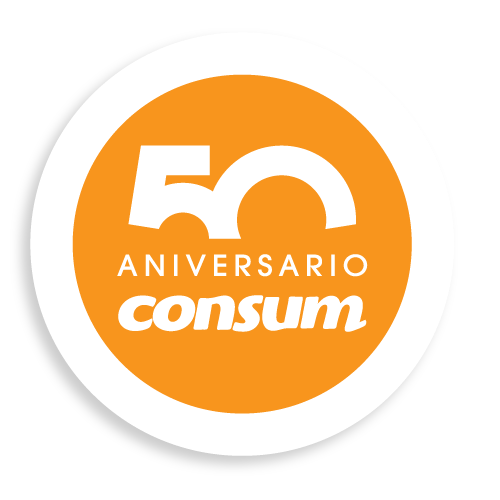What is pickleball and what positive effects does it have on health?
Learn about what pickleball involves, how it is different from padel and what the main benefits of pickleball are for health and wellbeing.

If you have only recently heard about pickleball, you might be wondering what it is. This sport, which is a mix of tennis, badminton and ping-pong, has won over players of all ages due to its fast pace, because it is easy to learn and due to the many benefits it has for both body and mind.
Although it appears to be a recent invention, its history goes back to 1965. Joel Pritchard, a former Washington congressman, and Bill Bell, a businessman, were looking for a fun game to entertain their children. They decided to adapt a badminton court by lowering the net, improvising paddles with ping-pong paddles, and by using a perforated plastic ball. That’s how pickleball was born. An intergenerational game for all ages and fitness levels that combines fun, exercise and strategy in every shot.
What does pickleball involve?
Knowing what pickleball involves is essential for understanding its popularity. It is played on a rectangular court that is smaller than a tennis court, with similar dimensions to that of badminton, and with a slightly lower net. The players use a solid paddle (made of wood or a light material) and a perforated plastic ball which they need to hit over the net so that it lands on the opposite side of the court. The objective is simple: to ensure that the opponent cannot return the ball.
Unlike other racket sports, in pickleball there is no wall rebound, which means that the game relies entirely on the precision, strategy and coordination of the players. It can be played by two or four people, either one-on-one or in pairs, which makes it a versatile and social sport.
These are the basic pickleball rules that every player should know:
- Serve. This is done underhand and diagonally across the court. For it to be valid, the ball must bounce in the opponent’s service area.
- Non-volley zone (also known as the “kitchen”). Located just in front of the net, players can only enter this area to volley if the ball has bounced there beforehand.
- Scoring. One of the key rules of this sport is that only the serving team can score points. Sets are played to eleven points and the team must win by a difference of two points.
A fun fact: As a gesture of sportsmanship, it is traditional to tap paddles with your opponent at the end of the game.

Benefits of pickleball for physical and mental health
The benefits of pickleball for both body and mind are many and varied. It’s not simply a fun sport: it’s full-body exercise that strengthens the body, stimulates the mind and is a great way to have an enjoyable time with friends and family.
- Supports cardiovascular health. Constant movement from side to side strengthens the heart, increases resistance and improves circulation.
- Tones muscles and improves coordination. It works the legs, arms, shoulders and the core while also improving hand-to-eye coordination.
- Promotes mental wellbeing. As a social and active sport, it releases endorphins, reduces stress, and lifts your mood while encouraging interaction with others.
- Improves player relationships. Playing in pairs or as a group helps to build connections and enables new friendships to develop.
- Has a low risk of injury. The moderate intensity and the smaller court size make it safer than many other racket sports.
- Stimulates cognitive development. It requires strategy, concentration and quick decision-making, which sharpen mental agility.
- It’s accessible to everyone. Its versatility allows people of all ages and skill levels to play, making it an ideal sport for the whole family.
What is the difference between pickleball and padel?
If you are wondering what the difference is between padel and pickleball, the truth is they are quite different sports. Padel is played in a closed court with walls, while pickleball is played in an open space. The equipment is also different: the ball used in pickleball is perforated and made of plastic, whereas padel uses a depressurised ball. The rules are another major difference: padel allows players to use the walls to return the ball, whereas pickleball has an area known as the “kitchen” where volleying is not allowed. Lastly, the level of complexity varies: pickleball tends to be simpler and more beginner-friendly, which makes it ideal for players of all types.
To summarise, pickleball is a social, fun and well-rounded sport that combines strategy, speed and coordination. It is suitable for the whole family and for players of all skill levels. Its simplicity, along with how enjoyable it is, explains why an increasing number of people are giving it a try, both in the United States and in Spain.
What do you think about?
Share comments, opinions and tricks with the Community







